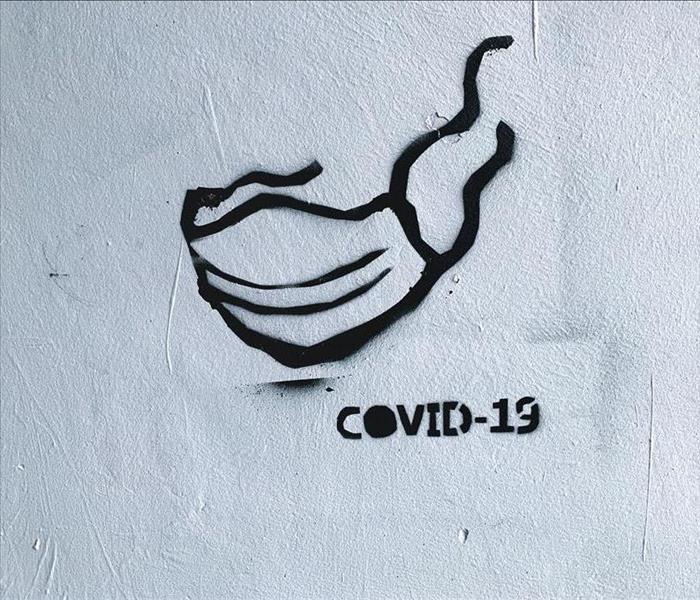Updating Your Emergency Kit for COVID-19
9/1/2020 (Permalink)
COVID-19 has changed everything, as we’re sure you have heard on every single TV commercial in the past three months.
As part of National Preparedness Month, we’re here to tell you that coronavirus has also changed disaster planning. Specifically, it may be time to update your emergency kit. The CDC has issued some new guidelines that you should be aware of. We’ll go over the basics, then we’ll touch on the new additions.
Your Core Disaster Supply Kit
To put together a disaster kit, store everything in airtight plastic bags and then stow in an easy-to-carry container. You shouldn’t have more than one or two bins or duffel bags to worry about.
Your classic core supply kit should include the following:
- Water (one gallon per person per day for at least three days, for drinking and sanitation)
- Food (at least a three-day supply of non-perishable food)
- Battery-powered or hand crank radio and a NOAA Weather Radio with tone alert
- Flashlight
- First aid kit
- Extra batteries
- Whistle (to signal for help)
- Dust mask (to help filter contaminated air)
- Plastic sheeting and duct tape (to shelter in place)
- Moist towelettes, garbage bags and plastic ties (for personal sanitation)
- Wrench or pliers (to turn off utilities)
- Manual can opener (for food)
- Local maps
- Cell phone with chargers and a backup battery
New Supply Guidelines Issued by the CDC
The CDC has come out with new recommendations on emergency supplies that may help you to update your own kit. Some have to do with coronavirus, while others are - You should now include the following in your kit:
- Cloth face coverings (for everyone ages 2 and above), soap, hand sanitizer, disinfecting wipes to disinfect surfaces
- Prescription medicines
- Non-prescription medications such as pain relievers, anti-diarrhea medication, antacids or laxatives
- Prescription eyeglasses and contact lens solution
- Infant formula, bottles, diapers, wipes and diaper rash cream
- Pet food and extra water for your pet
- Cash or traveler's checks
- Important family documents such as copies of insurance policies, identification and bank account records saved electronically or in a waterproof, portable container
- Sleeping bag or warm blanket for each person
- Complete change of clothing appropriate for your climate and sturdy shoes
- Fire extinguisher
- Matches in a waterproof container
- Feminine supplies and personal hygiene items
- Mess kits, paper cups, plates, paper towels and plastic utensils
- Paper and pencil
- Books, games, puzzles or other activities for children
Maintaining and Storing Your Kit
Your kit should have a pretty long shelf life, but for best results, keep in a cool dry place and keep any boxed food in tight plastic or metal containers. Replace expired items as needed and plan to revisit your kit once per year as your needs change (perhaps during National Preparedness Month!).
Remember – being prepared is the key to getting through a disaster! Taking the time to create a kit can be the difference between a bad few days and an absolute nightmare.



 24/7 Emergency Service
24/7 Emergency Service